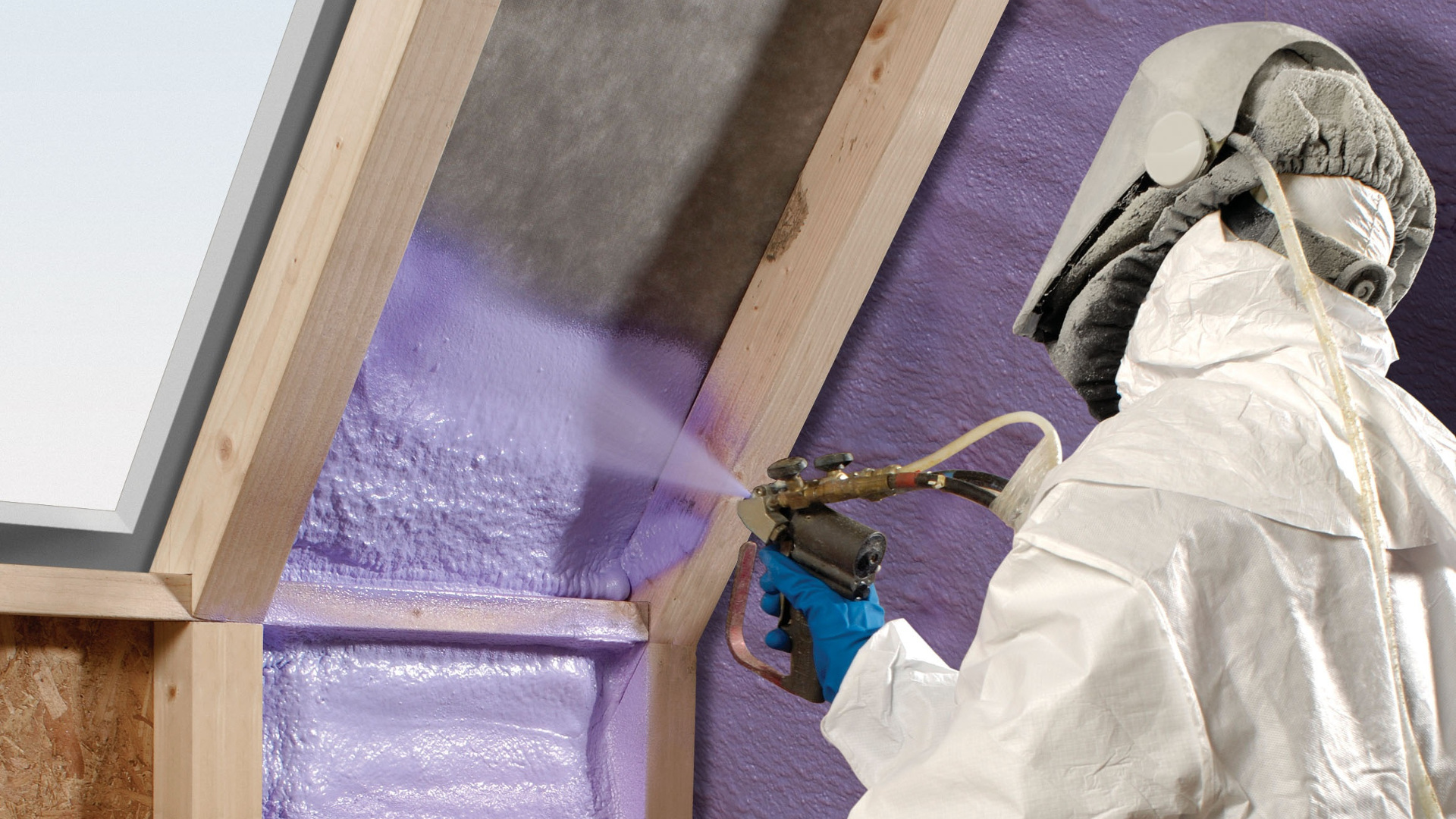Energy Smart: Wall Insulation
How Using the Right Home Insulation Techniques Will Help You Lower the Energy Bill
Have you ever dreaded opening the energy bill for your home, especially during hot summer months and cold winter months, when you know you’ll have to maintain a certain temperature to stay comfortable? With newer homes, there are ways to identify leaks that might be letting cold and warm air out, but for older homes it could be as simple as installing the correct amount of insulation for your home. By doing so, it is possible to lower heating bills and cooling bills by a substantial amount to keep your home comfortable, regardless of the weather or season. Here is what you need to know about home insulation.
The R-Value of Insulation
The R-value is a unit of measure that is used in construction and building to determine how well something can resist the flow of heat once it is exposed. The greater the R-value, the more efficient the object is in resisting the flow of heat. R-value is one of the four factors that determine the effectiveness of insulation materials with the others being thickness of the material, density, and surface emissivity.
What areas need the most insulation in the home?
There are parts of your house which will need insulation the most. These include:
· The roof and loft: These are the two areas of a home that can experience a lot of heat loss. By insulating them, homeowners can reduce this loss.
· Cavity wall: Not all homes have cavity walls, but if yours has one, you are likely to need roof insulation services to reduce heat loss.
· Tanks pipes and radiators: When these parts of the home are insulated, heat loss is reduced significantly.
· Floor: people ignore heat loss through the floor, but it does contribute to a bigger energy bill. Depending if your house has a basement or not, you could look at both insulation or home geothermal systems.
· Solid walls: These walls lose twice as much heat as cavity walls, and therefore, need to be insulated to curb heat loss.
· Draught proofing, and reduction of damp condensation, are other techniques which are very effective in managing heat loss from home.
Therefore, the first step in the process of insulation is finding out where most of the heat loss occurs. Once you have this figured out, you can get the right insulation technique to manage heat loss.
What heat insulation techniques are there?
Concrete block insulation
This is a technique used on unfinished walls, including the foundation of the home, but you will need an expert in construction to do concrete block insulation. The main benefits of this type of insulation is that it increases the R-value of the wall, and increases its insulating power by up to ten times and keeps the rooms well-conditioned.
Spray Foam Insulation
This is an insulation technique that is applied to parts of the home such as enclosed existing walls, unfinished attic floors, and open new wall cavities to name a few. The materials used in spray foam insulation include polyurethane, phenolic, cementitious, and polyisocyanurate. The application is done by actually spraying a pressurIzed product, or doing it in smaller scale by using small spray containers.
Structural Insulated Panels
This method can be used for a wide range of places that need insulation, such as, walls in unfinished buildings, floors, roofs, ceilings and other structures. The SIPs are fitted together to form walls and roofs. The materials used for this technique include foam board, liquid foam insulation core, and straw core insulation. They take less time to build, but they have been rated among one of the best insulation techniques in the home.
Rigid Fiber Insulation
This is another technique that is used for ducts in unconditioned places, and other spaces that need insulation and can withstand high temperature. The ducts are fabricated by HVAC contractors in their shops and supplied on demand. They use materials like fiberglass and mineral wool.
How much insulation does the home need?
There is a lot of information out there about over-insulating the home, and how it can lead to moisture accumulation and mold among other related problems. However, this does not mean that homeowners should shy away from insulating their houses. The reality is that the amount of insulation you need depends on the climate zone you live in, the building design, the age of the home, and your desired energy cost-cutting needs.
The best way to handle home insulation and get the right amount of insulation to meet your needs, is hiring a professional contractor to assess your home’s needs and recommend the best insulation type and level. A home that is well insulated is comfortable to live in, energy efficient and eases the pain of paying high energy bills every month.

